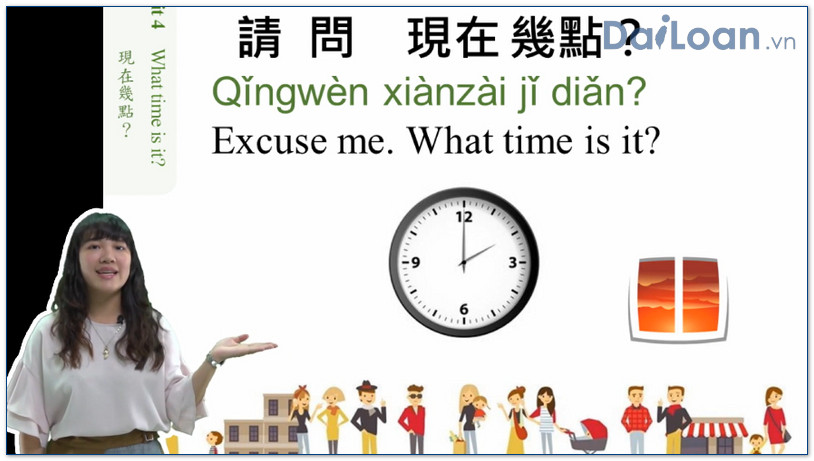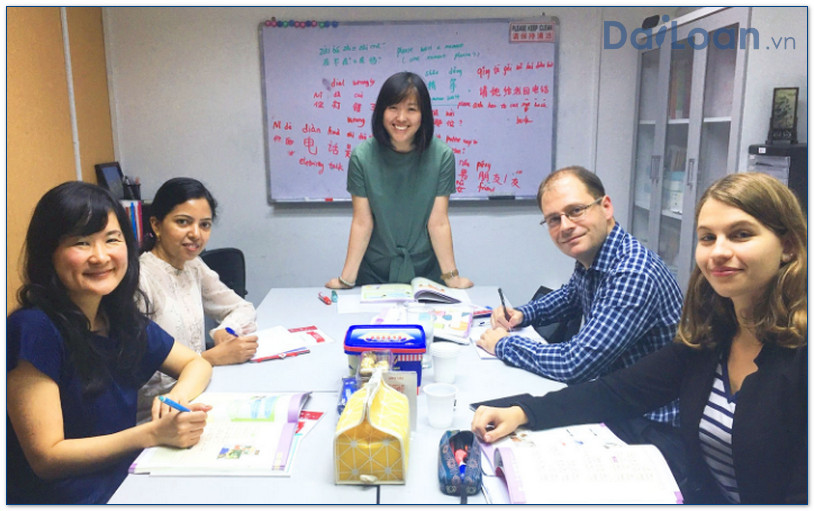Understanding the Chinese language can be a fascinating journey, especially when it comes to intricate terminology like 顛倒 (diān dǎo). In this article, we will dive deep into its meaning, grammatical structure, and practical applications in sentences, which will enhance your Chinese vocabulary and comprehension.
What Does 顛倒 (diān dǎo) Mean?
The term 顛倒 (diān dǎo) generally means “to turn upside down” or “to invert.” It can also convey the idea of confusion or disorder. In its broader context, it signifies a reversal of the expected order or a topsy-turvy situation. This term is often used to describe both physical and abstract concepts, providing versatility in its applications.
Grammatical Structure of 顛倒
Breakdown of the Term
顛倒 is a verb that can be used in various grammatical forms. Understanding its structure helps in constructing meaningful and grammatically correct sentences.
Parts of Speech
顛倒 functions as an intransitive verb in many contexts but can also be used transitively. Here’s a breakdown of its usage:
- As an Intransitive Verb: It indicates an action without a direct object. Example: “The book fell and turned upside down.” (书掉了,顛倒了。)
- As a Transitive Verb: It requires a direct object. Example: “She inverted the cup.” (她顛倒了杯子。)
Sentence Structures
When using 顛倒, it’s important to pay attention to the structure. Here are some common patterns:
- Subject + 顛倒 + Object: “He 顛倒 the painting.” (他顛倒了画。)
- Subject + 顛倒 (complement): “The table 顛倒.” (桌子顛倒了。)
Example Sentences Using 顛倒
Everyday Contexts
To grasp the practical use of 顛倒, let’s look at some example sentences:
- To Describe a Physical Inversion: 他的书桌每天都顛倒一次。
 (His desk gets turned upside down every day.)
(His desk gets turned upside down every day.)
- To Illustrate Confusion: 会议的内容现在顛倒了,大家都听不懂。 (The content of the meeting has become confused; everyone can’t understand it.)
- In a Metaphorical Context: 他的人生经历了顛倒的变化。 (His life has undergone an upside-down change.)
Literary and Figurative Usage
顛倒 can also be employed in more poetic or figurative contexts:
- In Poetry: 时间顛倒,记忆模糊。 (Time is inverted, memories blurred.)
- In Descriptive Writing: 这个城市的面貌在战乱中顛倒。 (The appearance of this city has been turned upside down by war.)
Conclusion
In conclusion, understanding the term 顛倒 (diān dǎo) offers valuable insights into both the linguistic and cultural aspects of the Chinese language. By familiarizing yourself with its meaning, grammatical structure, and varied applications in sentences, you deepen your mastery of Chinese. Whether you are conversing, writing, or analyzing Chinese texts, this term is certain to enhance your expressive capabilities.
Take your newfound knowledge of 顛倒 and practice it in your conversations or writings. Language learning is an evolving journey, and every word you master brings you one step closer to fluency!

Sứ mệnh của Chuyên là giúp đỡ và truyền cảm hứng cho các bạn trẻ Việt Nam sang Đài Loan học tập, sinh sống và làm việc. Là cầu nối để lan tỏa giá trị tinh hoa nguồn nhân lực Việt Nam đến với Đài Loan và trên toàn cầu.
CÓ THỂ BẠN QUAN TÂM
Du học Đài Loan
Lao Động Đài Loan
Việc Làm Đài Loan
Đơn Hàng Đài Loan
Visa Đài Loan
Du Lịch Đài Loan
Tiếng Đài Loan
KẾT NỐI VỚI CHUYÊN
Zalo: https://zalo.me/0936126566
Website: www.dailoan.vn



